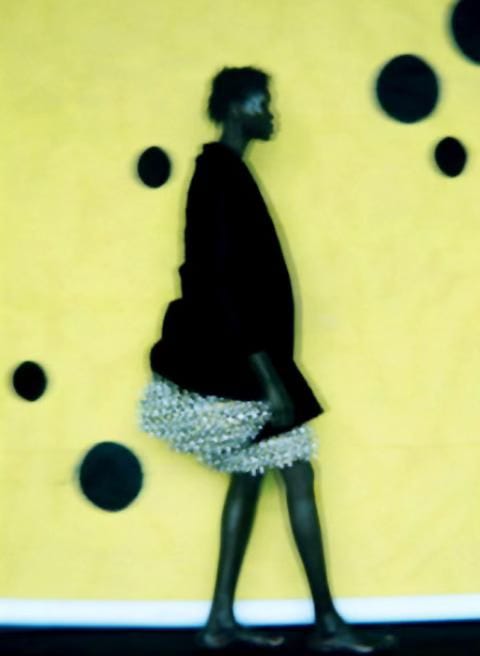On Finding Your Voice Before Your Style
Why your ideas matter more than your moodboard
Hi everyone,
This is something I’ve been meaning to write for a while, because it’s a topic that comes up all the time, especially when you're just starting out. Everyone says “find your style,” or wondering what their aesthetic is, making their feed look good and Pinterest coherent, but no one really talks about what that actually me…



